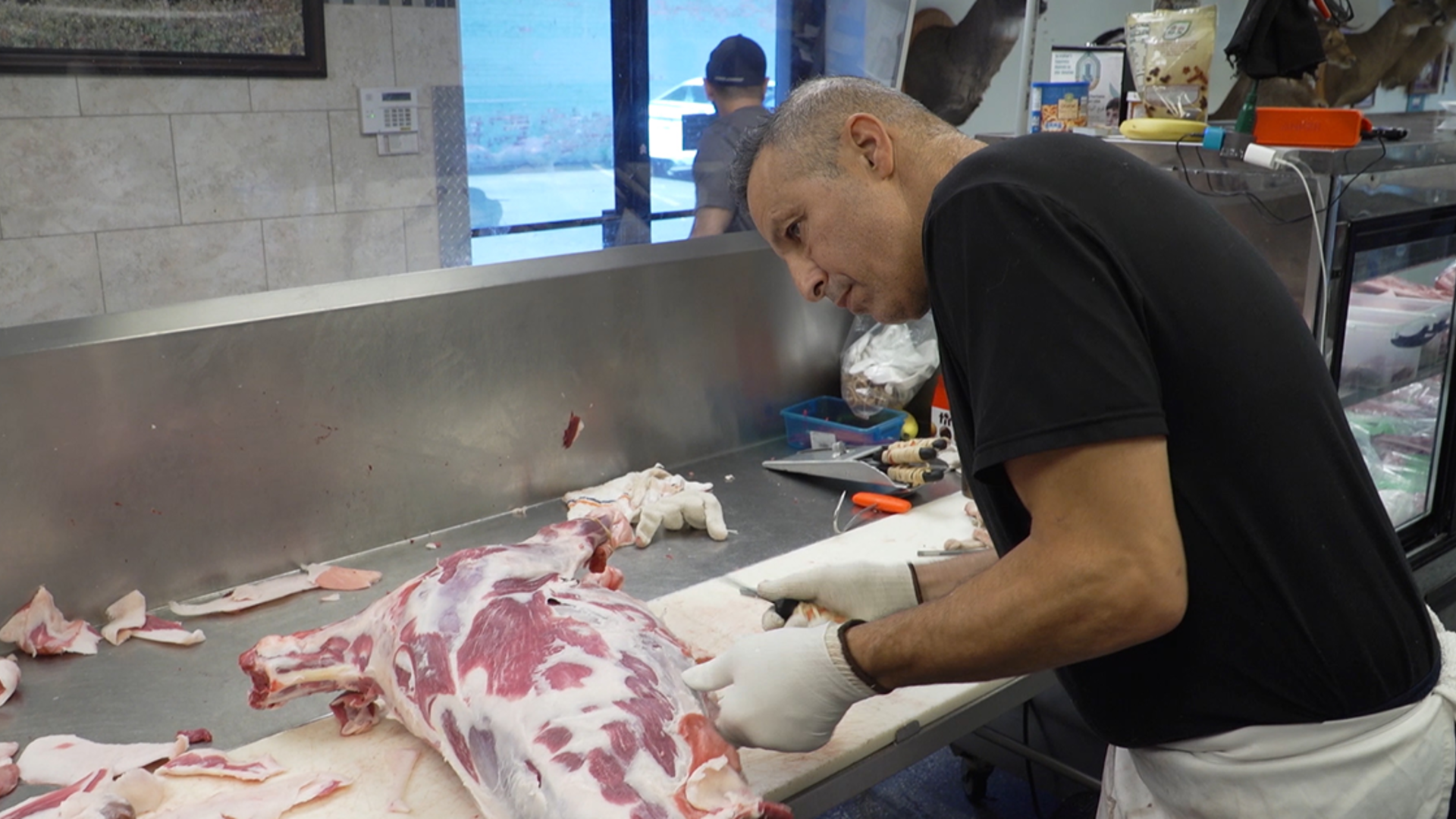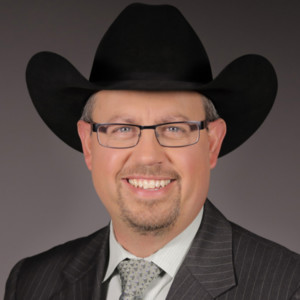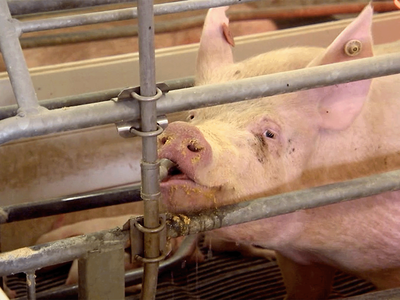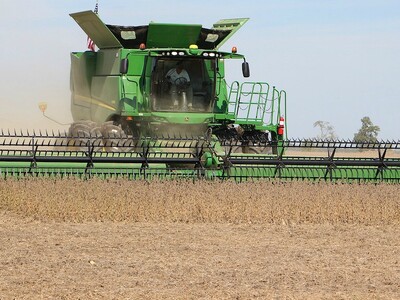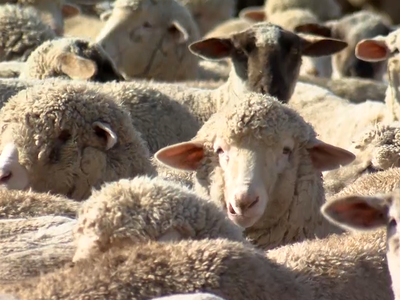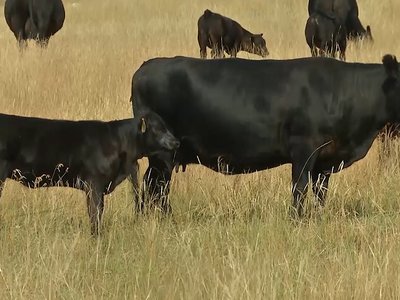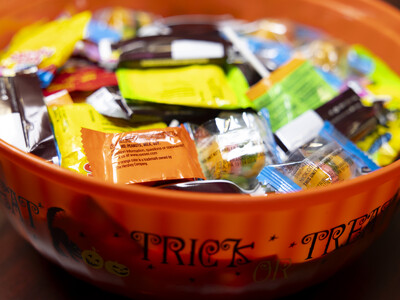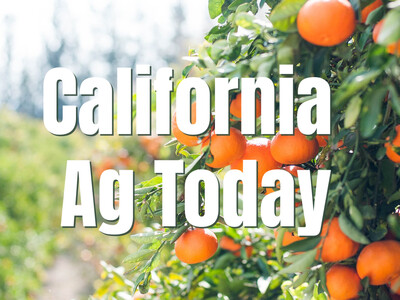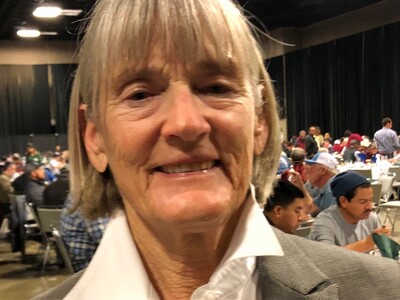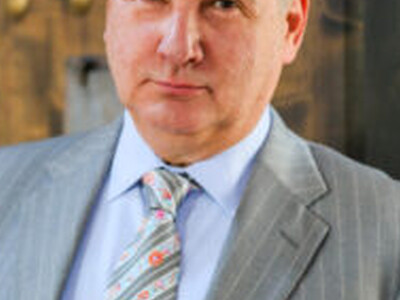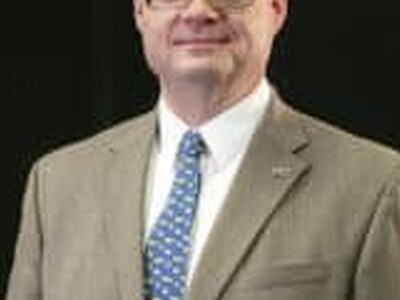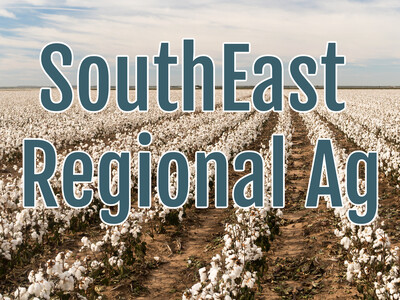Non-Traditional Market a Growing Opportunity for American Lamb Producers
One of the big topics covered at this year's American Lamb Summit in Michigan which was sponsored by the American Land Board and Premier 1 Supplies was improving lamb quality for both the traditional and non-traditional markets. One of the big lamb meat sellers in the Detroit area is Ronnie Berry's Halal Meats."Of course, fresh is better than frozen," said Ronnie Berry. "All the stuff that comes from New Zealand or Australia or Chile, they're all halal but it's a different product compared to fresh lamb that's raised in Michigan, Indiana, Pennsylvania and other local places. They all bring them to a central market. It's such a better quality lamb. It grades better; it eats better; it's more tender; an it's just totally different. My customers would never buy lamb that's not American.
The Detroit metro area is home to the largest Muslim American population in the US, and these lamb consumers are a very important market for producers like Dr. Heather Ludlam, DVM from Hopkins, Michigan, who appreciated the opportunity to see the area's lamb processing and markets.
"To see how they're handled and to see how they're processed is just important," said Ludlam. "It's kind of fun see the end stage and how everything's being run and it's being run really professionally and very well. Very impressive operation. Hearing Ron speak at at the summit a couple of days ago and then being down here and seeing the lambs, that's been really enlightening and makes me feel great about my fat cull ewes. I'm pretty sure my fat cull ewes are ending up in this situation, which is great. People are appreciating them. We're definitely getting the idea that every type of lamb is desirable in a small market, but we're really lucky to have this market in Michigan."
During his presentation at Michigan State University, Berry explained to producers how to raise their lambs to take advantage of the non-traditional market.
"The perfect lamb in my business is 80 to 110 pounds," said Berry. "The ones that are over 100 pounds, we break them down into shoulders and leg chops. But the ones that are 35 and 40 pounds dressed, we sell them whole and half. That's how they buy them."
He says using lamb checkoff dollars are a great investment for educating producers about his side of the business.
"Once they sell their lamb, that's it," said Berry. "They don't see it no more. That lamb goes to the slaughterhouse. They don't see it. They don't know what happens when a guy like me gets it, how I break it down, and what kind of lamb I want and what kind of lamb my customers want. The important part for them is to learn our side of the business. Honestly, I live for this work. I love it. I've been doing it all my life and I started with my dad. I used to ride the sheep when I was three or four years old at the stockyards. It's in my blood. When most people are born, their mom gives them a baby bottle. When I was born, my dad gave me a knife and said this is your job."
For more information about the American Lamb Summit, visit www.lambresourcecenter.com/summit2022.
Source: Ag Information Network & Western Ag Network


